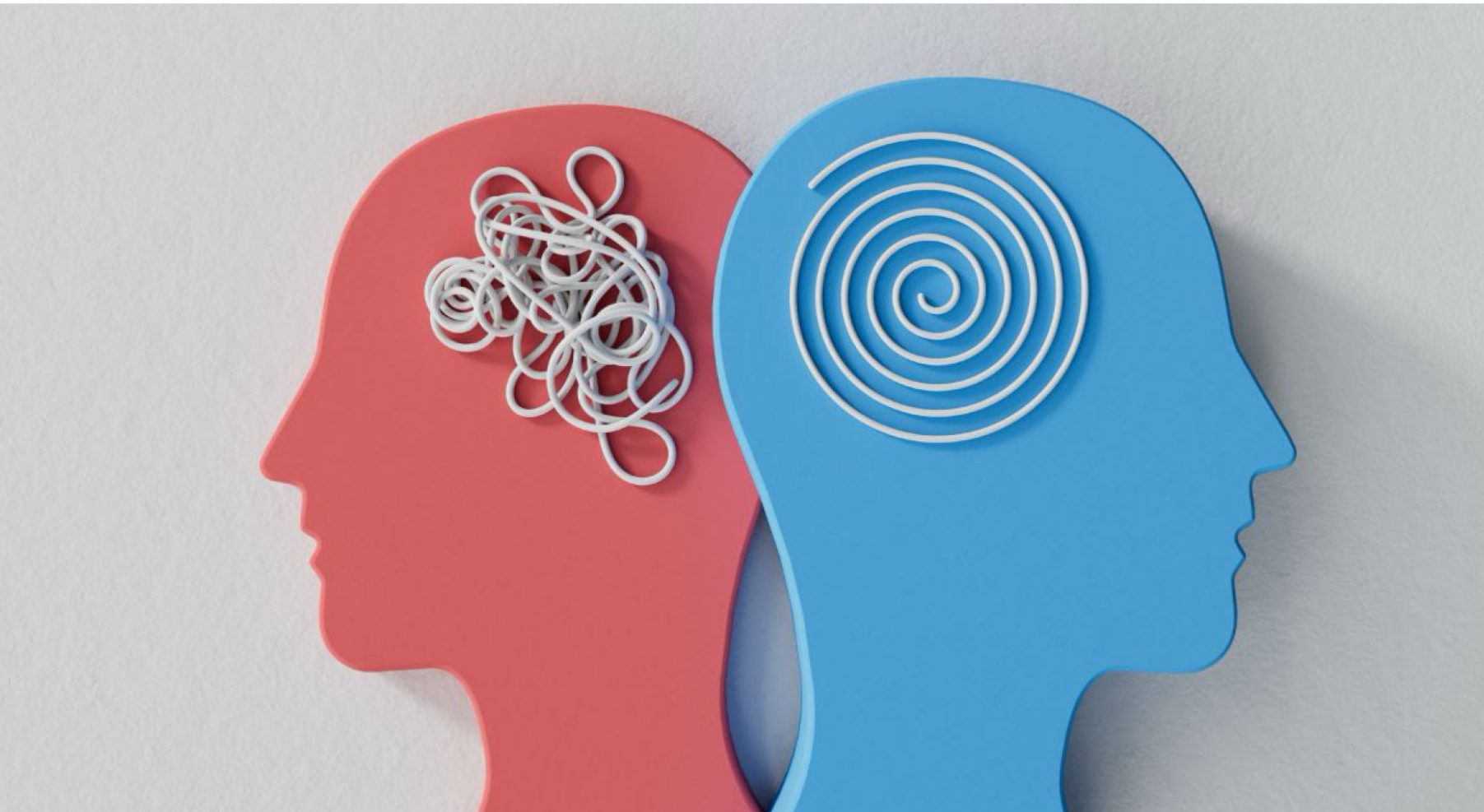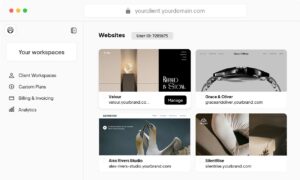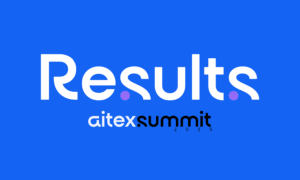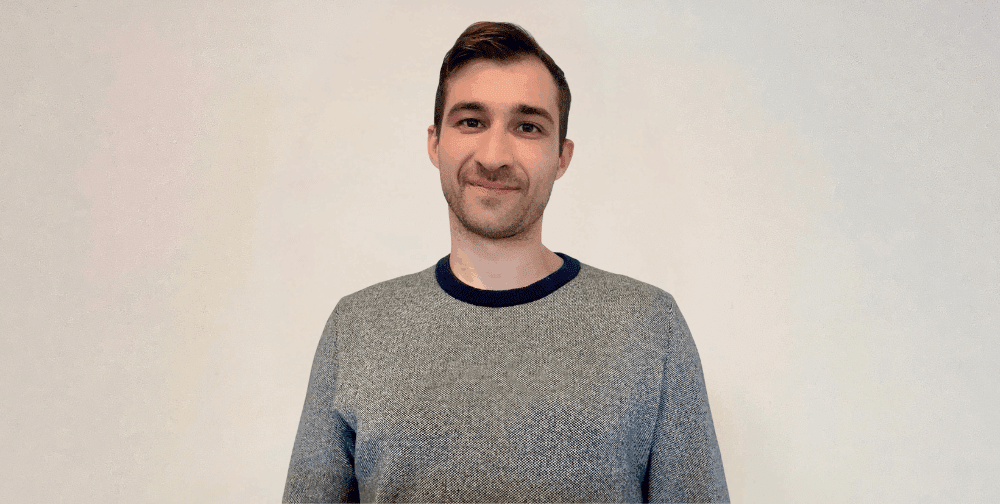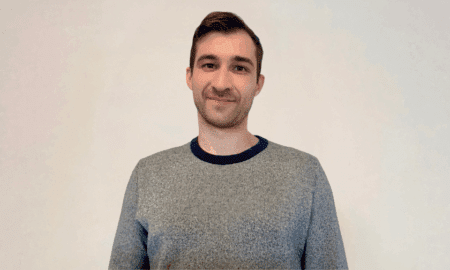Employees are one of the most important assets for any company, and their mental health plays a direct role in productivity, engagement, and long-term growth.
Supporting mental wellbeing is not just about improving business outcomes but also about building a healthier workplace where people feel valued and cared for.
While many organizations have relied on traditional wellness programs or counseling services, these approaches often come with limitations such as limited access, long waiting times, and lack of personalization.
With AI entering almost every field, it is also reshaping how companies approach mental health support. From chatbots that provide instant check-ins to predictive tools that flag early signs of burnout, we are seeing a number of organizations integrate AI-driven solutions into their HR and wellness strategies.
These tools are helping companies make mental health support more accessible, data-driven, and effective. Let us dive deeper into how AI can be practically applied to support employees and improve workplace wellbeing.
The Current Challenges Companies Face in Supporting Mental Health
There are several hurdles that make it difficult for companies to fully support employee mental health. Let us look at some of the most common challenges organizations face today.
1. Limited Access to Professional Counselors and Long Wait Times
One of the biggest challenges employees face is the limited access to qualified mental health professionals. In many regions, the ratio of counselors to working professionals is very low, leading to long waiting times for appointments.
Even when organizations offer Employee Assistance Programs, the demand often exceeds the available resources. This delay can make employees avoid seeking help until the situation worsens. For companies, this means rising absenteeism, lower engagement, and higher healthcare costs.
Without timely access, mental health support becomes reactive instead of preventive, and employees do not get the help they need at the right moment.
Here is what Grant Winns, Founder at Yuna Health has to share on this:
“The average wait to see a licensed therapist in the U.S. is 21 to 48 days. That is why we built Yuna AI, an AI-native mental health platform designed to support the entire workforce. Not to replace therapists, but to close the care gap. 24/7 AI support. Evidence-based. Always there. With the needed guardrails, HIPAA compliance, and SOC 2 certification.”
2. Stigma Around Openly Discussing Mental Health in the Workplace
Despite progress, mental health remains a sensitive topic in many workplaces. Employees often fear that speaking up may affect how managers or peers perceive them.
This creates an environment where issues are hidden until they become severe. Some common barriers include:
- Fear of being judged as weak or incapable
- Concerns about career progression and missed opportunities
- Worry about confidentiality and trust in management
This stigma prevents early conversations that could lead to faster solutions. For companies, it also means losing valuable employees who silently struggle instead of accessing the support systems available to them.
3. Difficulty in Early Detection of Stress or Burnout
Stress and burnout rarely appear overnight. They build up gradually, often hidden under the pressure of deadlines, heavy workloads, and personal struggles.
Managers and HR teams usually notice only when performance drops or absenteeism rises, which is already too late. Early signs like fatigue, reduced motivation, or changes in communication style are subtle and easy to miss without the right tools.
This gap in detection means that support often comes only after significant damage has been done, both to the employee’s wellbeing and the organization’s productivity. Identifying these issues early is critical, but most companies still lack effective systems to do so.
4. Lack of Personalized Support at Scale
Every employee experiences mental health challenges differently. Some may need counseling, while others may benefit from stress management tools or wellness programs. Traditional corporate wellness approaches often take a one-size-fits-all model that does not address these differences. Providing personalized care at scale becomes nearly impossible with limited human resources.
As a result, many employees disengage from programs that do not fit their needs. This leads to low participation rates and wasted investments in wellness initiatives. For organizations, the lack of personalization reduces the overall impact of mental health support and prevents employees from receiving the kind of help that works best for them.
How AI Tools Address These Challenges
AI-driven solutions are proving to be valuable in overcoming the long-standing barriers companies face when supporting employee mental health.
These tools are not meant to replace human professionals but to extend support, fill critical gaps, and ensure that employees receive help when they need it most.
1. Accessibility at Scale
AI tools make mental health support available to employees anytime, anywhere. Chatbots and digital assistants can provide on-demand check-ins, coping exercises, and therapeutic conversations without long waiting times.
This reduces dependence on limited human counselors and helps companies deliver consistent support across large teams or multiple locations. For remote and global workforces, AI tools ensure that help is accessible regardless of time zones or office hours. By scaling access in this way, organizations prevent delays and make early support possible, reducing the likelihood of small issues growing into serious mental health concerns.
2. Anonymity & Privacy
Employees often hesitate to seek help due to stigma and fear of judgment. AI tools provide a layer of anonymity that encourages honest conversations without the pressure of being identified. Whether through AI chatbots or wellbeing apps, employees can engage with mental health resources privately, lowering barriers to entry.
Data collected can be aggregated and anonymized for organizational insights without exposing individuals. This balance of privacy and usefulness creates a safer environment where employees feel confident using the resources available, while employers can still gain an understanding of overall workforce wellbeing trends.
3. Data-Driven Insights
AI can analyze patterns in employee interactions, wearable data, or HR systems to provide early warnings of stress and burnout. Instead of relying on manual observation, companies can use predictive models to identify at-risk individuals or teams.
For example, changes in sleep data, absenteeism patterns, or engagement levels can trigger early alerts. These insights help HR teams move from reactive responses to proactive interventions. By using AI for continuous monitoring, companies gain visibility into workforce wellbeing trends and can take timely action to reduce risks before they affect performance and retention.
4. Personalization
Traditional wellness programs often fail because they apply the same approach to everyone. AI changes this by tailoring support to individual needs. For example, an employee struggling with anxiety may receive guided meditation, while another dealing with burnout may get workload management tools.
AI platforms adjust recommendations based on user interactions, preferences, and progress, creating a more relevant experience. This personalization increases engagement with mental health resources and ensures that employees receive the right type of support.
At scale, companies can deliver targeted interventions without overwhelming HR teams, making wellness initiatives more effective and impactful.

